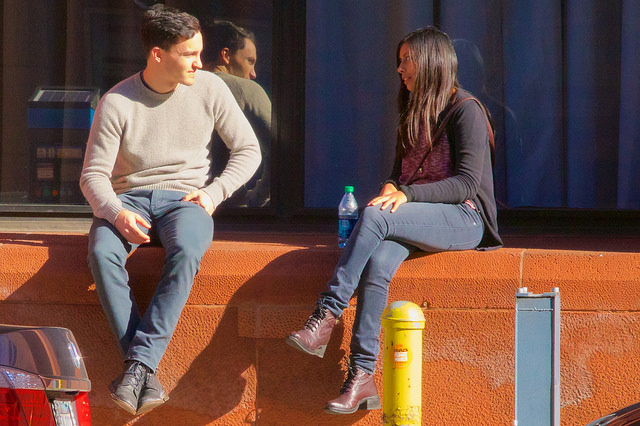Walking conversation is also known as the go-along and it is an interview method, where the surroundings and the informant’s actions are actively involved in the interview; i.e. the informant is being interviewed about his or her actions and associations, while the informant is actually performing those actions.
Being in the informant’s actual own surroundings may inspire and stimulate both the interviewer and the informant possibly leading to deeper insights compared to an interview in a place disconnected from the informant’s context.
Walking conversation is particularly useful if you want to understand people’s relationship to the environment or an object, for example at a workplace, at home or in a public space. The method is ideal if you work exploratory at the beginning of a project, but it can also be applied if you want to test hypotheses in the middle of or at the end of a project.


